Construction of six SEPnet
|

|
Dr Jonathan Hare, The Creative Science Centre, May 2012
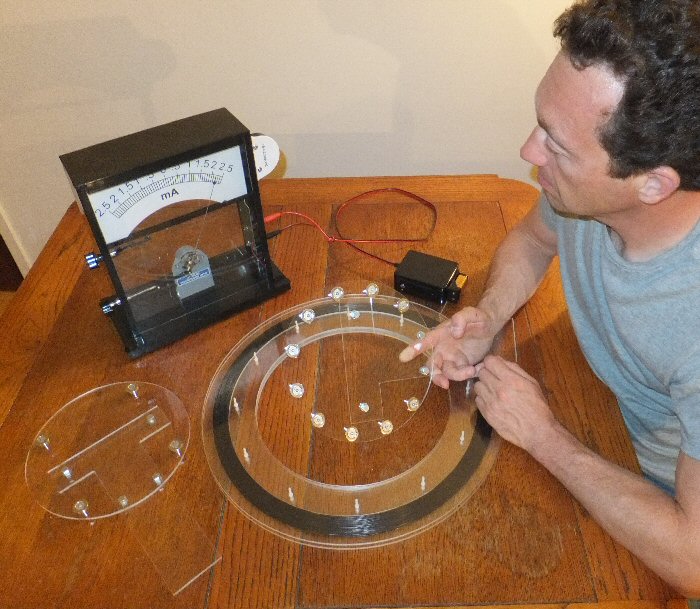
Construction of six SEPnet
|

|

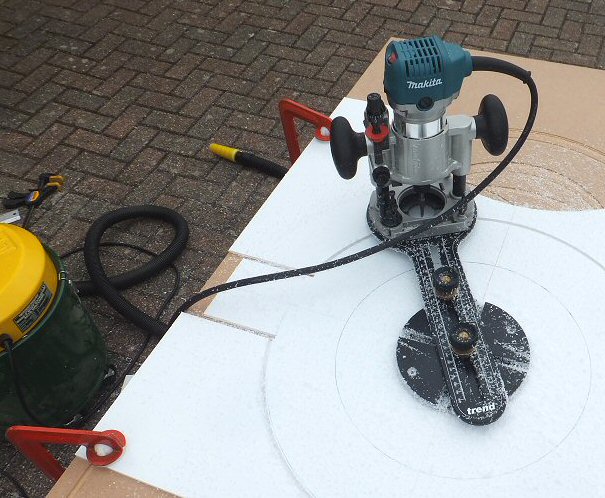
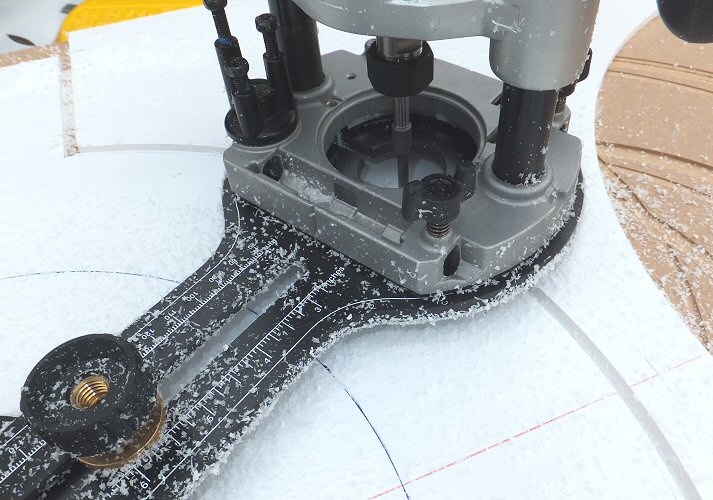
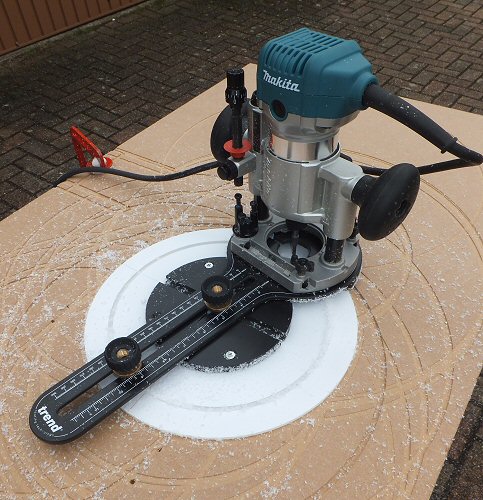

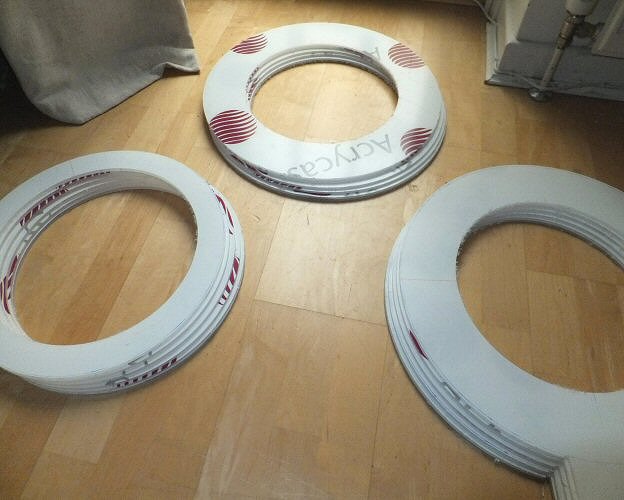
THE CREATIVE SCIENCE CENTRE
home | diary | whats on | CSC summary | latest news